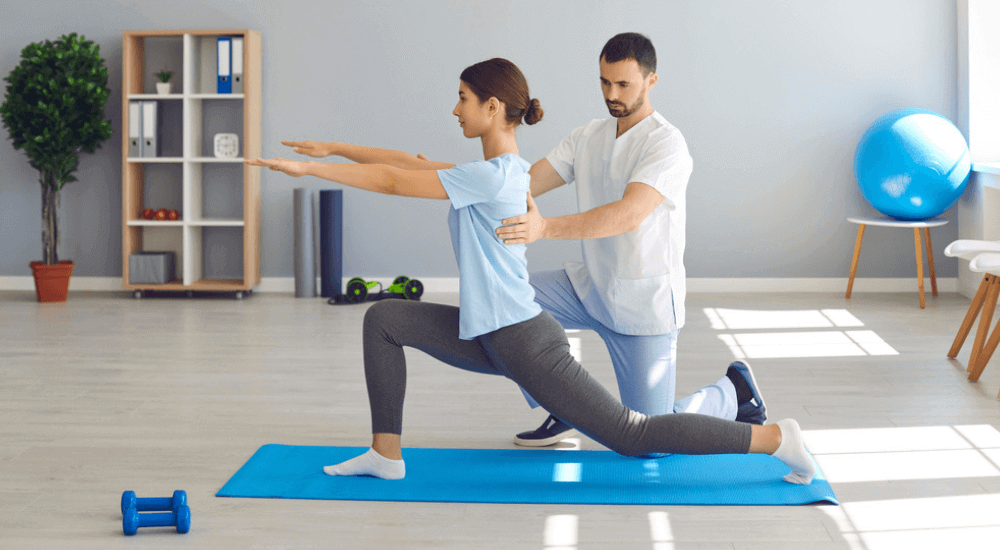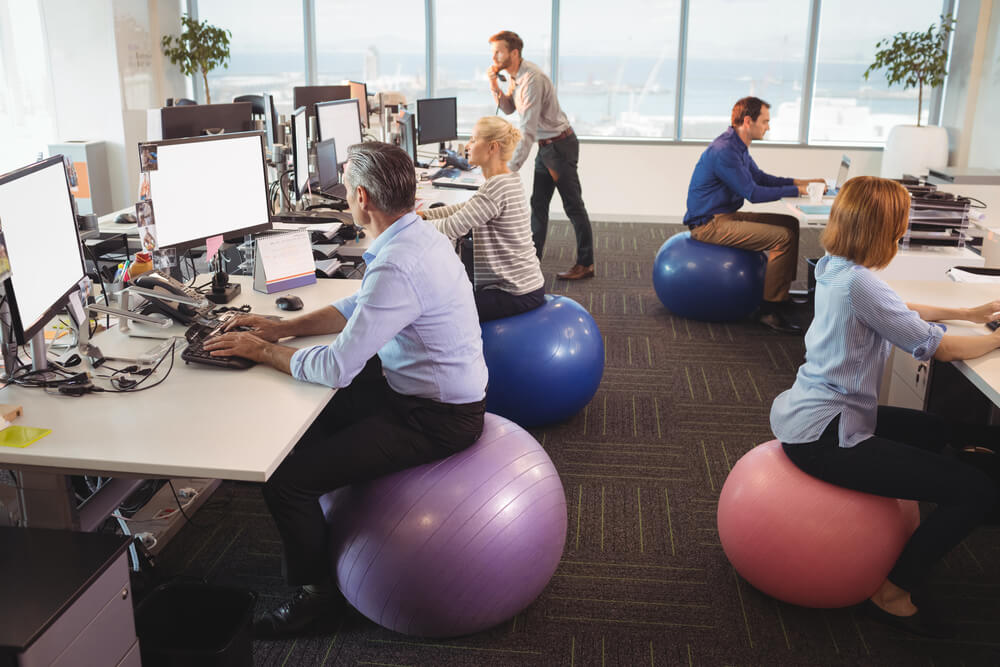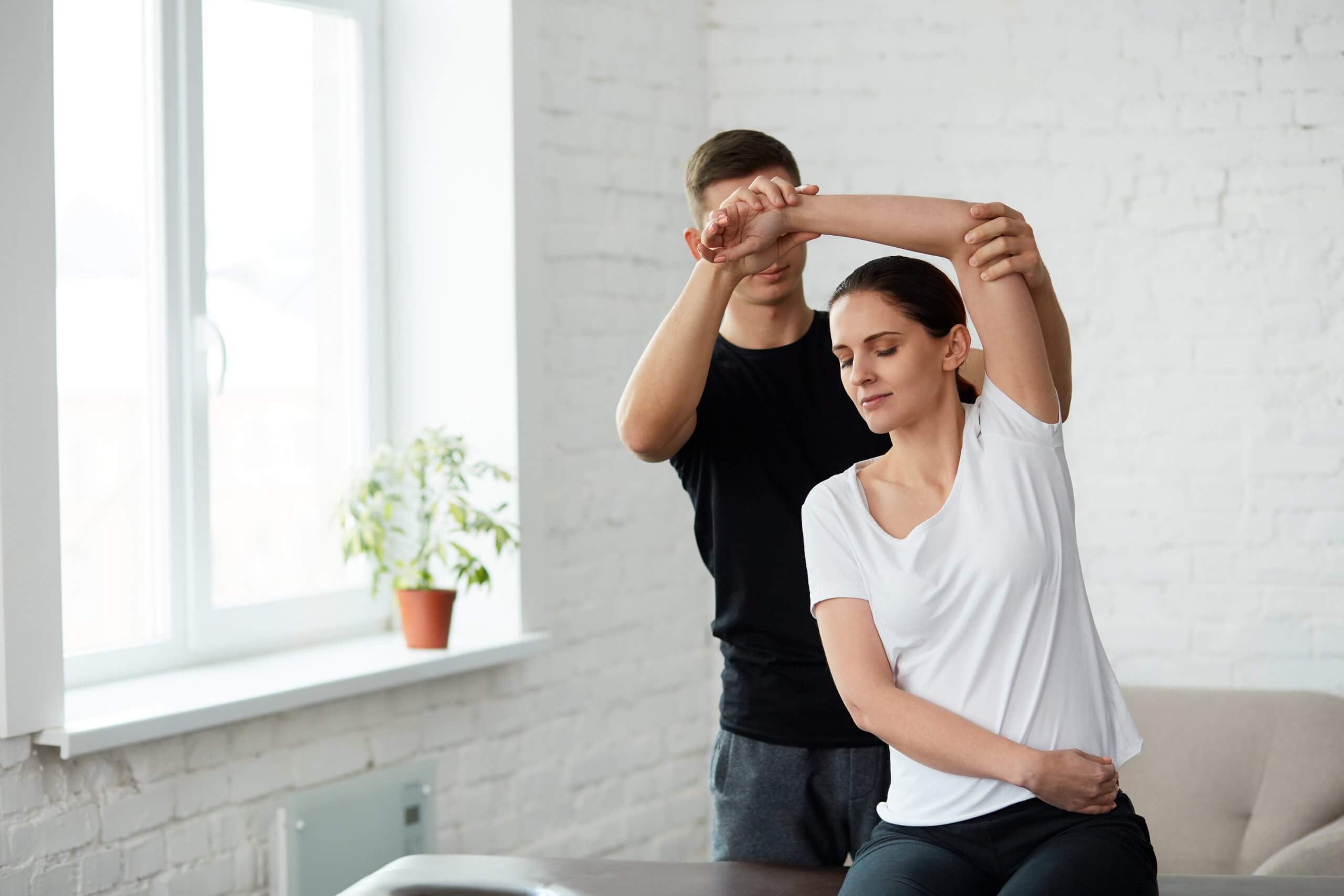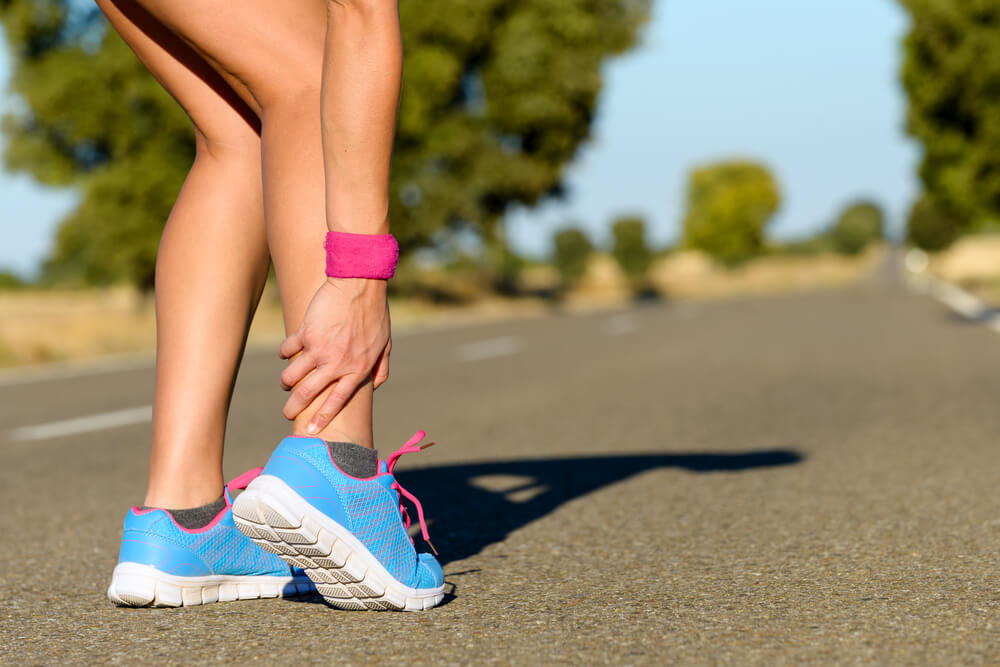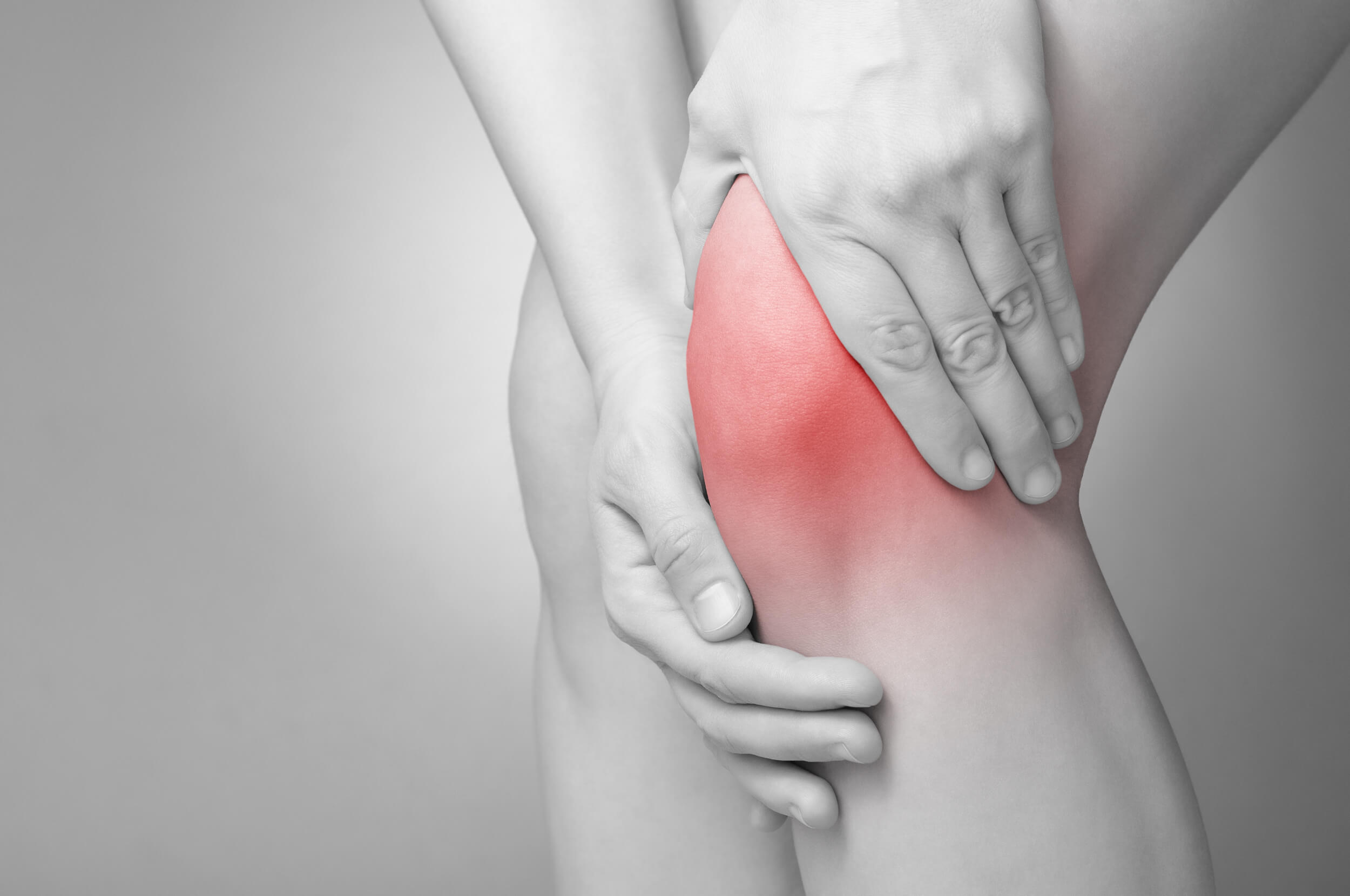How Can Exercise Physiology Help You?
Exercise physiology can make a profound difference in your life and supercharge your health and well-being. As a clinically supported path to a healthier, more vibrant life, the science of exercise physiology offers a broad spectrum of advantages that range from enhancing your daily activities to managing chronic diseases.
Physiological Benefits of Exercise
Anyone engaged in regular exercise quickly experiences how being active benefits the body.
People who sweat and work out regularly feel full of energy, look healthier, and overperform their inactive friends in many areas of life.
Exercise physiology, often referred to as exercise physio, is a field dedicated to understanding how our bodies respond to physical activity. It delves into the intricate processes that occur within us when we move, and it’s not just about looking fit—it’s about feeling and being healthier.
Let’s dive into the five main goals of exercise physiology, each packed with benefits that can transform your life.
1. Chronic disease management
Exercise physiology is your ally in the battle against chronic diseases like diabetes, hypertension, and heart disease.
By customizing exercise plans, exercise physiologists help you manage these conditions, improving your quality of life and reducing the need for medication.
For example, a combination of resistance training and aerobic exercises which can range from light to moderate is an effective exercise program for diabetic patients.
Running, cycling, or swimming pushes the muscles to use more glucose, lowering your blood glucose levels.
2. Reducing risks for early development or recurrence of long-term conditions
A sedentary lifestyle contributes to the dominant health problems worldwide. Prevention is the best medicine.
Exercise physiologists not only help manage existing conditions but also design programs to prevent the development or recurrence of chronic diseases. They’re your proactive health partners, especially with age as the body’s optimal function starts to decline.
3. Creating lifestyle habits that promote better health
Good health due to exercise is not something you achieve once and for all.
Exercise physiology helps you cultivate lifestyle habits that boost your well-being. These habits become second nature, leading to lasting health improvements.
4. Facilitating the elimination of barriers to lifestyle changes through planning and prioritising
Breaking old habits can be tough, but exercise physiologists are experts at helping you set achievable goals and prioritise what matters most to you. They make the journey to a healthier you smoother and more manageable.
With the help of exercise physiology, you can learn how to avoid getting back to the “same old, same old” situations and replace unhealthy behaviours with healthy ones. An exercise physiologist is your enlisted support in designing an exercise program that prepares you mentally and physically to progress to your goals by rewarding yourself for small steps.
5. Improving everyday quality of life
Ever wished everyday tasks were easier? Exercise physiology makes that a reality.
By enhancing your physical fitness and mobility, increasing your strength and fitness, managing pain, and improving your posture and balance, exercise physiologists empower you to breeze through daily activities with vitality.
Clinical Exercise Physiology
Now that we’ve explored the broad benefits of exercise physiology, let’s delve into the role of an exercise physiologist in clinical settings.
Why is an Exercise Physiologist Important?
In the acute phase of recovery, exercise physiologists play a crucial role in helping patients regain their strength and mobility after surgeries or injuries. They design tailored exercise programs that facilitate a safe and speedy recovery.
In the recovery phase, exercise physiologists continue to be essential. They guide patients through rehabilitation exercises, ensuring they regain their full range of motion and strength. This support is instrumental in preventing relapses and optimizing long-term recovery.
Skills Your Exercise Physiologist Should Have
When seeking an exercise physiologist, it’s essential to ensure they possess the right skills.
Look for professionals with accreditations, experience, and a strong understanding of exercise science. Effective communication skills are also vital, as they will work closely with you to achieve your health goals.
Physiotherapy vs. Exercise Physiology: What is the Difference?
You might wonder how exercise physiology differs from physiotherapy. While both fields focus on physical well-being, they have distinct approaches. Physiotherapy primarily deals with treating injuries and managing pain, while exercise physiology emphasizes overall health and fitness, making it your go-to choice for preventive care and holistic well-being.
Exercise physiology is a powerful tool that can transform your life.
It offers a holistic approach to health, addressing not only the physical but also the physiological aspects of your well-being.
Whether you’re looking to manage chronic diseases, enhance your daily activities, or simply lead a healthier life, an exercise physiologist is your guide on this journey to a happier, more vibrant you. So, why wait? Start your journey to a healthier, more active life with exercise physiology today.

